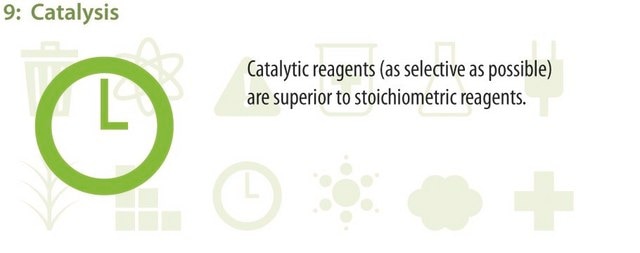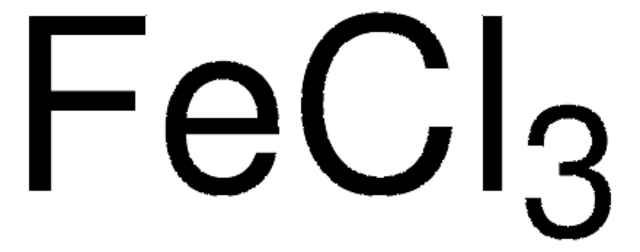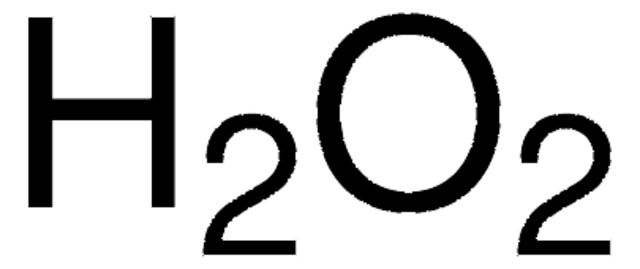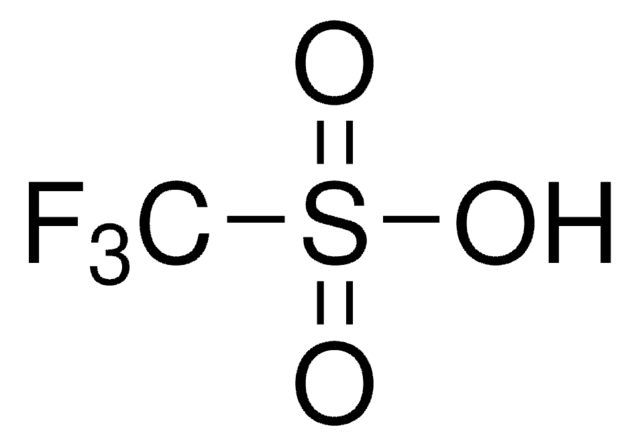710857
Iron(III) chloride solution
0.2 M in 2-methyltetrahydrofuran
Synonym(s):
Ferric chloride solution
About This Item
Recommended Products
form
solution
Quality Level
reaction suitability
core: iron
reagent type: catalyst
greener alternative product characteristics
Safer Solvents and Auxiliaries
Use of Renewable Feedstocks
Catalysis
Learn more about the Principles of Green Chemistry.
concentration
0.2 M in 2-methyltetrahydrofuran
refractive index
n20/D 1.414
density
0.868 g/mL at 25 °C
greener alternative category
, Aligned
SMILES string
Cl[Fe](Cl)Cl
InChI
1S/3ClH.Fe/h3*1H;/q;;;+3/p-3
InChI key
RBTARNINKXHZNM-UHFFFAOYSA-K
General description
Application
- As a mild oxidant for phenolic coupling reaction.
- In dimerizing aryllithiumsand ketone enolates.
- As a mild Lewis acid catalyst to catalyzes ene reactions.
- In Nazarov cyclizations, Michael additions, and acetonation reactions.
2-Methyltetrahydrofuran (2-MeTHF): A Biomass-Derived Solvent with Broad Application in Organic Chemistry
signalword
Danger
Hazard Classifications
Acute Tox. 4 Oral - Eye Dam. 1 - Flam. Liq. 2 - Met. Corr. 1 - Skin Irrit. 2
supp_hazards
Storage Class
3 - Flammable liquids
wgk_germany
WGK 2
flash_point_f
14.0 °F - closed cup
flash_point_c
-10.0 °C - closed cup
Certificates of Analysis (COA)
Search for Certificates of Analysis (COA) by entering the products Lot/Batch Number. Lot and Batch Numbers can be found on a product’s label following the words ‘Lot’ or ‘Batch’.
Already Own This Product?
Find documentation for the products that you have recently purchased in the Document Library.
Our team of scientists has experience in all areas of research including Life Science, Material Science, Chemical Synthesis, Chromatography, Analytical and many others.
Contact Technical Service





